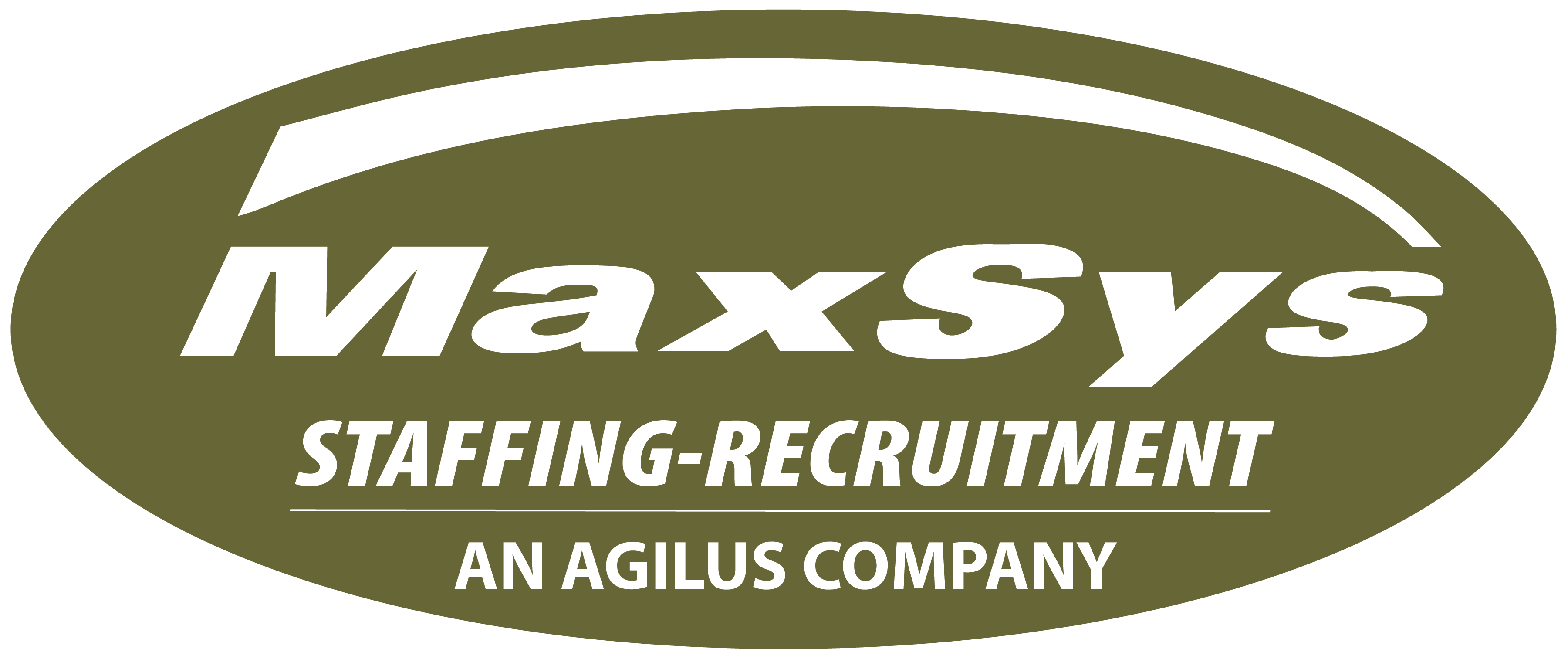June 13, 2022
HOW TO HIRE REMOTELY
Physical distancing and remote work have obvious practical impacts on hiring, but the biggest change may be that, with fewer opportunities for informal interactions, employers have to be even more deliberate about how they recruit, onboard and integrate new team members.
Starting from the same good fundamentals of traditional in-person hiring is key. Write a clear job description and a compelling job posting to attract candidates, and make sure your process is well defined in terms of the stages involved and how many interviews you’ll be doing. Then you can focus on doing those things remotely.
Be deliberate with every interaction
Remote hiring may be a new experience for employers and candidates alike. Taking care to explain each step of the process will help get everyone on the same page.
Because a lot of the non-verbal information people exchange when they are face-to-face can get lost over digital media, it is important to approach interactions with extra intentionality. During the interview phase, that can be as simple as letting the candidate know what’s happening off-screen on a video call.
If you’re taking notes and your keyboard or notepad are off-screen, someone might misread you looking away from the camera as not paying attention. They could think the interview is going badly when really you’re just writing things down.
For people who will eventually work on-premises, conduct the video interview from the workplace, if possible—to give a feel for the environment. During onboarding, I would recommend setting up virtual meetings between the new person and other team members. Assigning collaborative work is also a great way to establish rapport and integrate a new hire into the team.
Don’t just throw tasks at the new person. Ease them in and assign an onboarding buddy—someone they can ask questions and who can acquaint them with company policies and norms.
Be Clear
Successful onboarding requires new team members to understand what is expected of them and how to know they are succeed in. With remote working, that may take more discussion and different touchpoints: When you can’t stop by someone’s desk to ask how it’s going and answer questions in the moment, you need to be deliberate about scheduling check-ins.
You should note that in many businesses, time tracking is often a common performance measure—but it may not be meaningful in a work-from-home setup. It’s more important to focus on what is achieved than how it gets done, which is less visible and less within your control. Be really clear about what success looks like, for your sake and theirs.
Further, leaders should make a dedicated effort to get to know remote hires’ expectations and preferences and adjust their leadership style if needed: It helps the business get results and allows the leader to know they’re succeeding, too. It’s more important to focus on what is achieved than how it gets done, which is less visible and less within your control.
Use the right technology correctly
Depending on the job and the business, different technologies may be needed—from videoconferencing software and instant messaging apps to online collaboration platforms.
At the recruiting stage, having a candidate-friendly website, monitoring email diligently to receive resumes and being up to speed on videoconferencing technologies or platforms are all important.
When you’re interviewing people on video, you don’t want to spend first 10 minutes trying to get it to work. You’re being interviewed, too—and the experience will form the candidate’s impression of your company. After hiring someone, if they need to be equipped with a laptop or other device, allow additional time for it to ship because many couriers are overloaded.
Integrate – integrate – integrate
When it comes to bringing the entire team back together physically, it is better to think about it as a change than a “return”. It will be an adjustment for remote hires, who won’t have worked for the business that way before, and for existing staff who have adapted to working remotely. Treat it as a time of change for everyone—which is when you really want to show up as a leader. Not all remote hires will necessarily be integrated into the physical workplace. Some companies may choose to hire remote workers from outside their region. Expanding your ‘talent geography’ can give you a bigger pool of candidates. B e mindful that every province has its own employment laws and candidates in different markets may have different kinds of experience.



